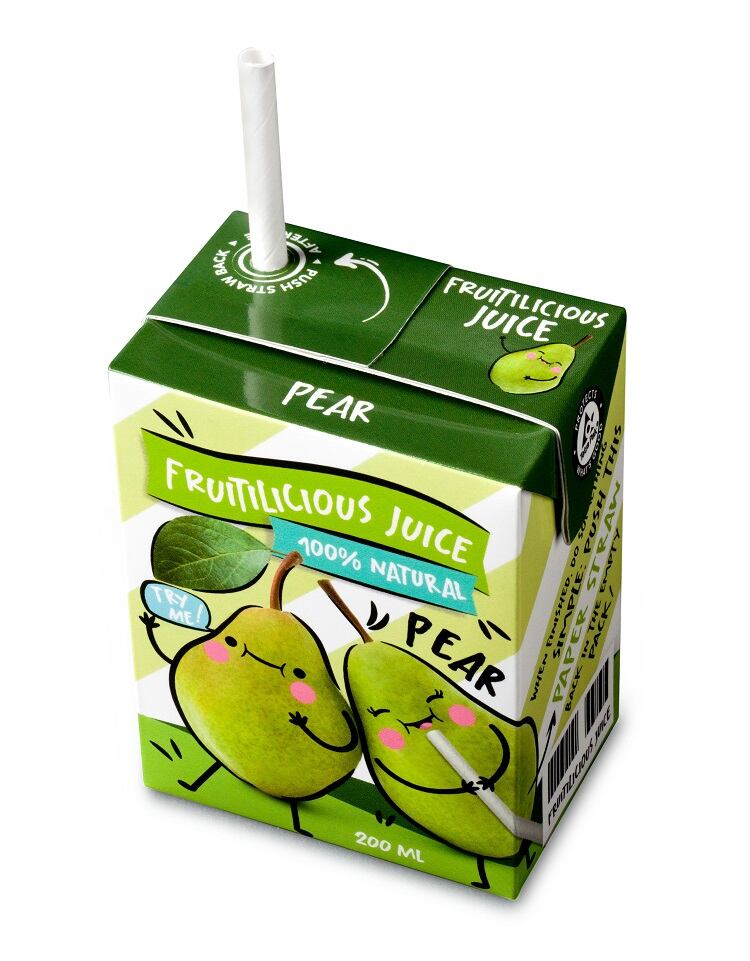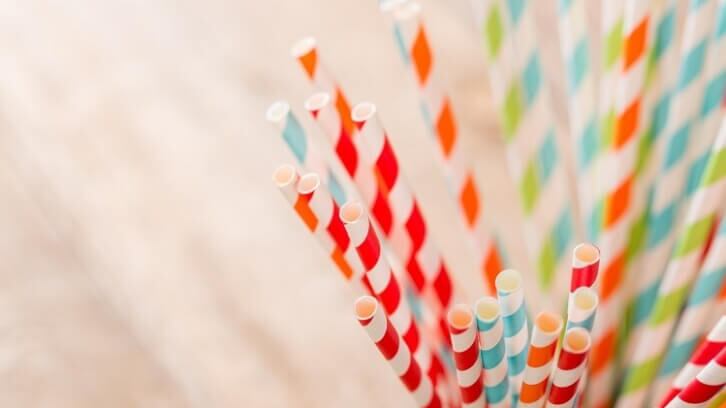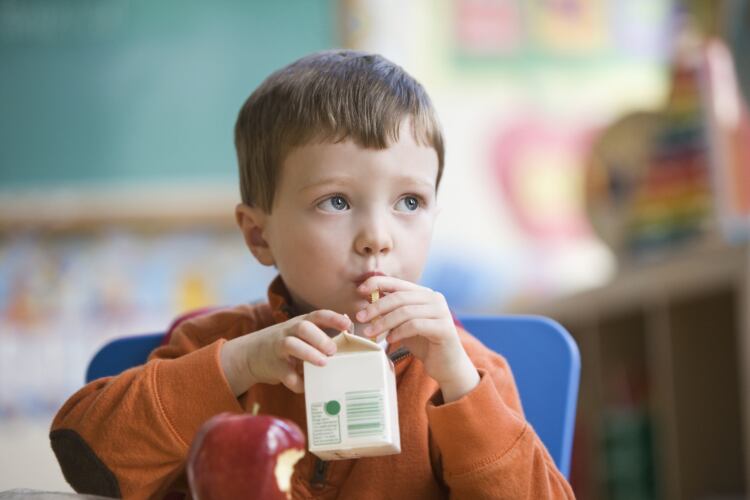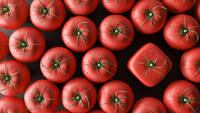Packaging major Tetra Pak is on a mission to develop the ‘world’s most sustainable food packaging’, which it defines as being as being made from responsibly sourced renewable or recyclable materials, as well as being fully recyclable itself, and carbon neutral.
Drinking straws, which Tetra Pak supplies to beverage manufacturers alongside some of its carton packaging, is part of the equation.
In 2019, Tetra Pak became the first carton packaging company to launch paper straws in Europe, two years ahead of an EU-wide ban on single-use plastic straws. Now, Tetra Pak is working to take its paper straw technology to the next level through a collaboration with synchrotron radiation laboratory MAX IV at its new ForMAX research station in Sweden.
“Our ambition is to provide the world’s most sustainable food packaging, and experiments at ForMAX will clearly support us in this mission,” said Eva Gustavsson, vice president, materials & packaging at Tetra Pak.
‘Fibre-based material will be vital’
Prior to the EU ban, plastic straws were amongst the most littered packaging item. According to a study published in 2017, an estimated 8.3bn plastic straws polluted the world’s beaches.

But swapping out plastic for paper straws is not a silver bullet solution. Efforts must be made to ensure the paper is sourced sustainably, and that the straw itself is not only recyclable, but recycled by consumers.
Challenges also exist in meeting demands for functionality. According to research consultancy Campden BRI, for example, some paper straws have been criticised for failing to pierce drinks cartons, as well as for poor performance when immersed in liquids.
Tetra Pak is looking to up its paper straw game with ‘first-of-its-kind’ research into fibre-based food packaging. The research aims to uncover fresh insights into the nanostructure of fibre materials to inform development of food safe, recyclable, and durable straws, while also meeting sustainability needs.
“The package of the future needs to be fully recyclable and have a low environmental impact. Using renewable materials and increasing the use of fibre-based material within packages will be vital,” said Gustavsson. “Within this research, Tetra Pak is hoping to uncover fresh insights into plant-based materials as a basis for future innovations.”
What does the initial research entail?
The initial research aims to analyse, in real time, how paper straws respond to different environmental factors – as well as liquids under stringent conditions. The data will then be used to optimise the composition of paper straws, with the end goal of improving functionality, explained Eskil Andreasson, technology specialist, virtual modelling at Tetra Pak.
“With global demand for safe, nutritious food intensifying and availability of raw materials decreasing, it has become urgent that we develop more sustainable packaging solutions that are less reliant on these scarce resources,” he told FoodNavigator.
“New paper-based packaging materials – like straws – must be food safe, recyclable and durable, while also meeting sustainability needs. Our collaboration with MAX IV aims to implement and optimise these packaging requirements while also uncovering fresh insights that can be used as a basis for future innovation.”
Tetra Pak plans to leverage synchrotron radiation technology – the electromagnetic radiation emitted when charged particles travel in curved paths perpendicular to their velocity – to achieve these outcomes. MAX IV, and its ForMAX research station in Lund, claims to be the most modern synchrotron radiation facility in the world.
Tetra Pak’s research with MAX IV will focus on studying different packaging materials at an atomic and molecular level, explained Andreasson. “The aim is to study the different materials in use today and understand ways to improve them beyond their current performance in different conditions.
“Research projects will include identifying how food interacts with packaging materials to help reduce food waste and understanding different material surface properties.”
Beyond the ‘first phase’
While the initial phase of Tetra Pak’s research with MAX IV is focused on paper straws, the insights gained have the potential to be applied to other packaging areas, we were told.
Tetra Pak is also conducting research into the structure of packaging materials, material surface properties, how food interacts with materials to reduce food waste and the knock-on environmental impacts, as well as the spoiling of food and development of equipment design.
In addition, the packaging major is supporting ‘ground-breaking’ experiments within the MAX IV laboratories in partnership with Treesearch, a research collaboration platform for development new and sustainable materials for forest resources. “The idea is to gain valuable insights into the qualities of materials from forest sources to understand how they can be used across the food value chain,” said Andreasson.

Tetra Pak’s latest research into paper straws follows its launch of a pilot batch of aseptic packages with an ‘industry-first’ fibre-based barrier to replace the aluminium barrier.
“Our ambition is to provide the world’s most sustainable package; one solely made from responsibly sourced renewable or recycled materials, fully recyclable and carbon neutral,” Andreasson told us.
“The challenges of global food production and distribution are broad and profound. Understanding the behaviour and composition of packaging materials on an atomic level will be critical to address disruptions in the global food supply chain and advance technical innovation for new packaging solutions.”





